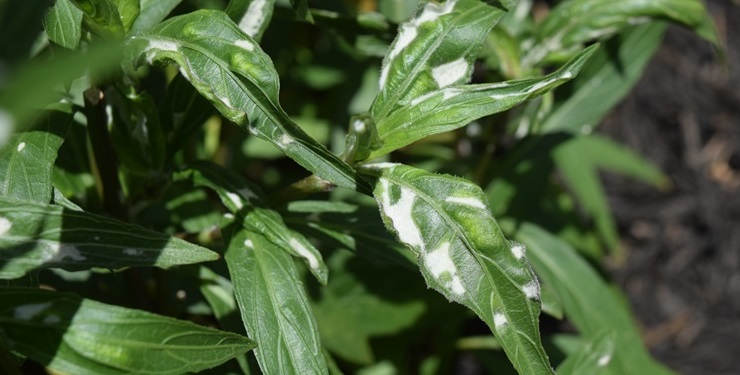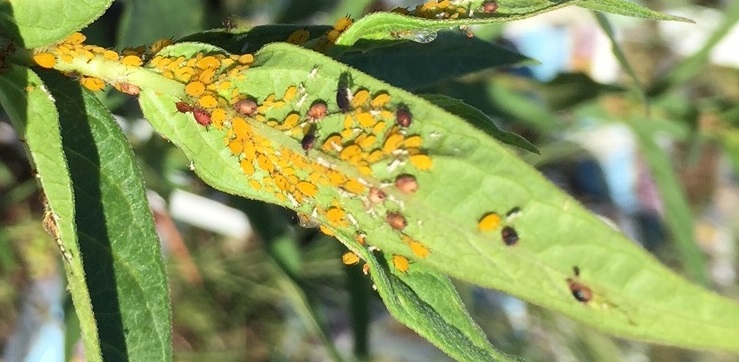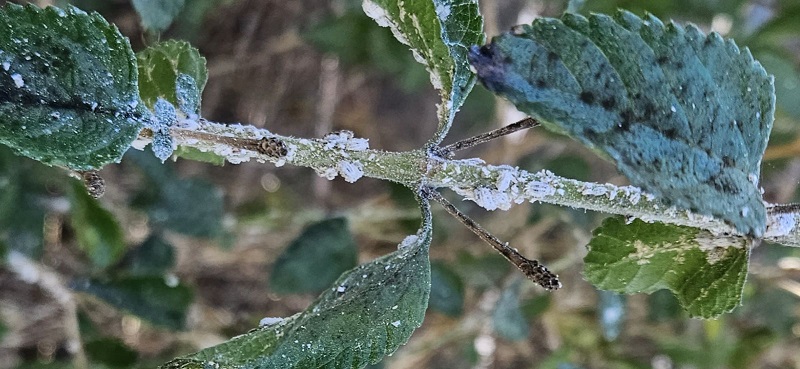Have you seen the Monarchs yet?
Every year, I watch in expectation for the annual migration to pass through our area. I’ve been planting nectar plants all year in anticipation! Most of us have heard about the recent decline in the population of the Monarch, and how the use of herbicide-tolerant crops in the mid-west has limited the Monarch’s larval food plant, milkweed. We now have new information on how important the nectar plants are for the adult Monarch on the long migration to its Mexico breeding grounds in the fall.
Recent studies have suggested that late-season nectar plants should receive more attention. Monarch butterfly counts during different stages of migration have shown that the Monarch counts are not down until the end of the migratory cycle, when the butterflies are heading south. As they move through Texas to Mexico, it is important to keep their numbers up, as it seems that when they get to Mexico, their numbers are plummeting.
What can we do to help the Monarchs along their way? The butterflies will need water, ample nectar sources, trees or other protection at night for roosting, and connected habitats. Monarchs require nectar to fuel their flight. Late season blooming plants which will help fuel the Monarchs include Goldenrod, Frostweed, Autumn Sage, Gregg’s Blue Mistflower, Fragrant Mistflower, Asters, and Duranta, a non-native adaptive plant which the Monarchs seem to love! Also regarded as excellent nectar plants are the Lantanas, Purple Coneflower, Turk’s Cap and Rock rose. When planning your perennial border, or wildlife habitat, be sure to include BOTH the food plants needed for the breeding season, such as Milkweeds, AND nectar plants for the migrating adult butterflies! On a final note, since I mentioned Goldenrod, I would like to point out the bad reputation it has received during allergy season. Goldenrod pollen is too large to be responsible for allergic reactions-it just has the unfortunate timing to be blooming at the same time as the little-noticed Ragweed plant! Perhaps now you can look at the beautiful Goldenrod for the important nectar source that it is!




